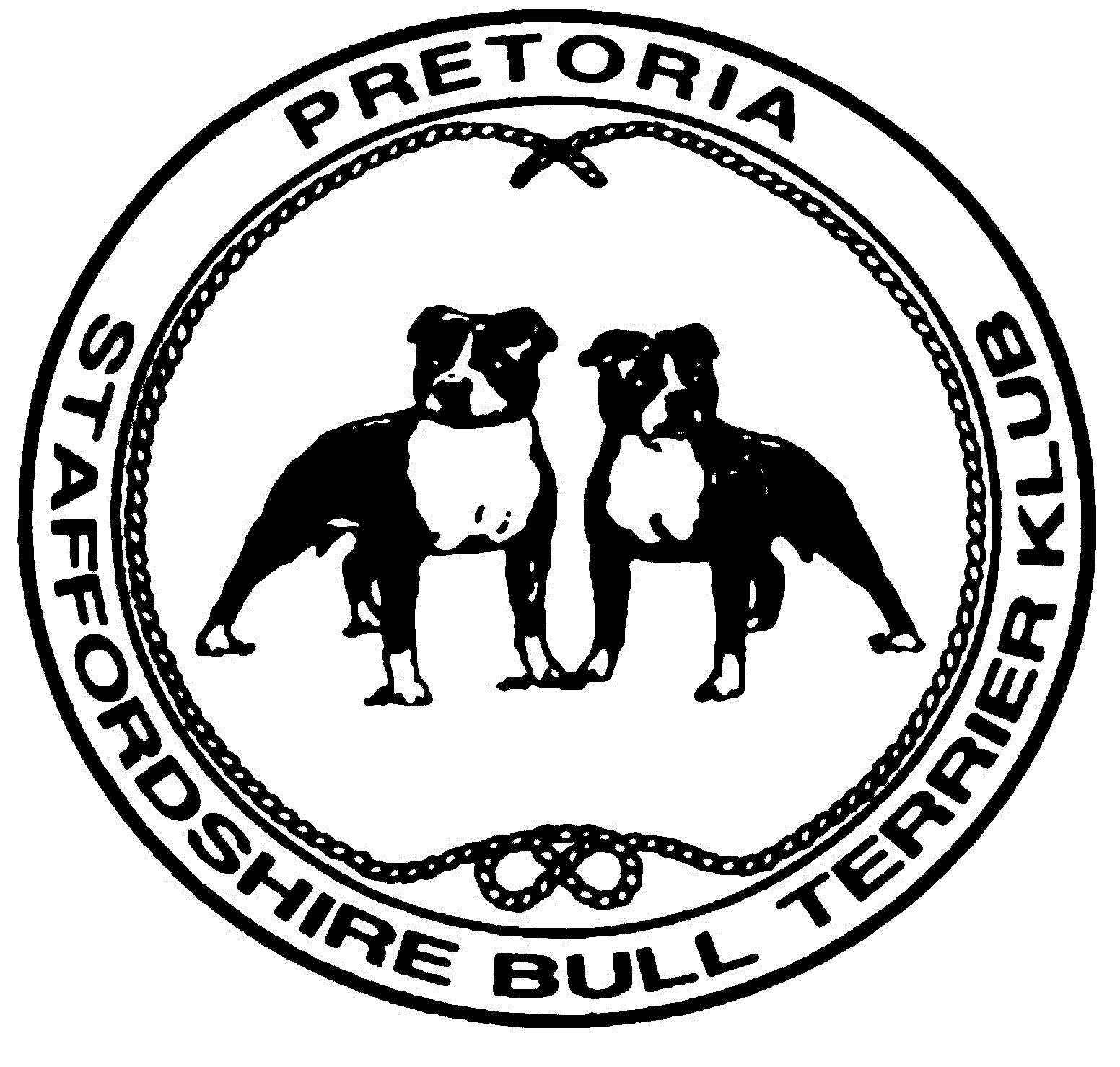|
|
Pretoria Staffordshire Bull Terrier Club passionate about stafford's
|
|||||
| Home | About us | Shows | Breed std | Breeders | Contacts | |
History of this magnificent breed compiled by Henry Strachan History of origin
From pictures available, the Bulldog was far from being the cumbersome dog which some pundits envisage. One argument is that the Bulldog was too large to handle in the pit, but this cannot be supported by evidence. According to Stud Book No. 1, 1874, there were Bulldogs weighing less than 9 kilograms while the upper region of these weights would have been 22-27 kilograms.
The working Bulldogs were constructed more like Staffordshire Bull Terriers, down to the "whip" tail - likened to the old-fashioned pump handle. The Bulldog Terrier was bred for the purpose of dog-fighting. The rules of dog-fighting favored the contestant who would not admit defeat - not necessarily the best fighter. This perpetuated the most cherished characteristics of the Staffordshire Bull Terrier - incomparable courage and tenacity.
Intelligence and fighting ability of the Staffordshire Bull Terrier
The legendary Al Brown (an icon in the pit cult who had seen the inside of a pit for more than 40 years) had this to say about fighting dogs and why they fight. He said, "Well, ordinary dogs fight for food, territory, or sex while bull-and-terriers fight for the sheer pleasure of it. Once he had a taste of it, a bull-and-terrier would go at it without so much as a fare-thee-well just because he loved it." "If you’d ever seen a fight, you’d have noticed the dogs kept total silence no growling, snarling, or yelping because they were not angry or hysterical. They were enjoying themselves thoroughly. That’s the reason their handlers could handle them during the fight. The dogs were like professional human boxers, not barroom brawlers". "A dog could quit fighting any time, and once he did stop there was no way to make him continue. We stopped the match at the second either dog so much as turned his head away. Each handler would take his dog to its own corner and face it away from the other dog for 60 seconds. Then the handler would set him down facing the other dog. The handler of the dog that had turned its head released it, and if it crossed the middle scratch line and engaged the other one, the fight would go until one dog refused."
Learning about the Stafford's fighting ability, its tenacity, courage and strong headedness, it becomes clear why some people might think we are not dealing with a very intelligent breed. He always wants to please his master and he will never shy away from a fight (if provoked) but his intelligence supercedes the biggest part of the dog world - not what some Radio DJ's might perceive...
I have personally read the research on animal intelligence and how they did the ranking (Staffordshire Bull Terriers are ranked no. 49 on their list). What I don't understand is the fact that the author (on the very next page after he ranked the dogs) describes how a Staffordshire Bull Terrier outperformed other dogs in learning new tricks, mind you - he described how a Stafford did it twice. These were the exceptions - the author called it... These facts even made my little daughter of 8 scratch her head.
You only need to go to the South African agility team and ask them who would most probably learn a new trick or command the quickest... The Stafford is one of the most intelligent breed of dogs around - if you don't own one, you will never know this! Spend some time with this magnificent breed - and I promise you - you will be surprisingly enlightened...
Extracts from: The American Kennel Club of America - 2005. A complete History of Fighting Dogs by Mike Homan, 1999. The Ultimate Staffordshire Bull Terrier, Clare Lee & Joyce Shorrock, 2003. The Staffordshire Bull Terrier Jubilee Booklet, Louis Visagie,1985. The Ring, Zelda Strauss & Griet Coetzer, 2001 - 2004. |
|
Copyright
© 2005-2008 Pretoria Staffordshire Bull Terrier Club. All rights reserved.
Website developed by Henry Strachan and maintained by Louis Coetsee
|



 In 1938, the first Championship points were awarded in
Birmingham. The first two members of their sex to claim championships in England
were the bitch, Lady Eve (far left) and the dog, Gentleman Jim (near left) in
1939.
In 1938, the first Championship points were awarded in
Birmingham. The first two members of their sex to claim championships in England
were the bitch, Lady Eve (far left) and the dog, Gentleman Jim (near left) in
1939.